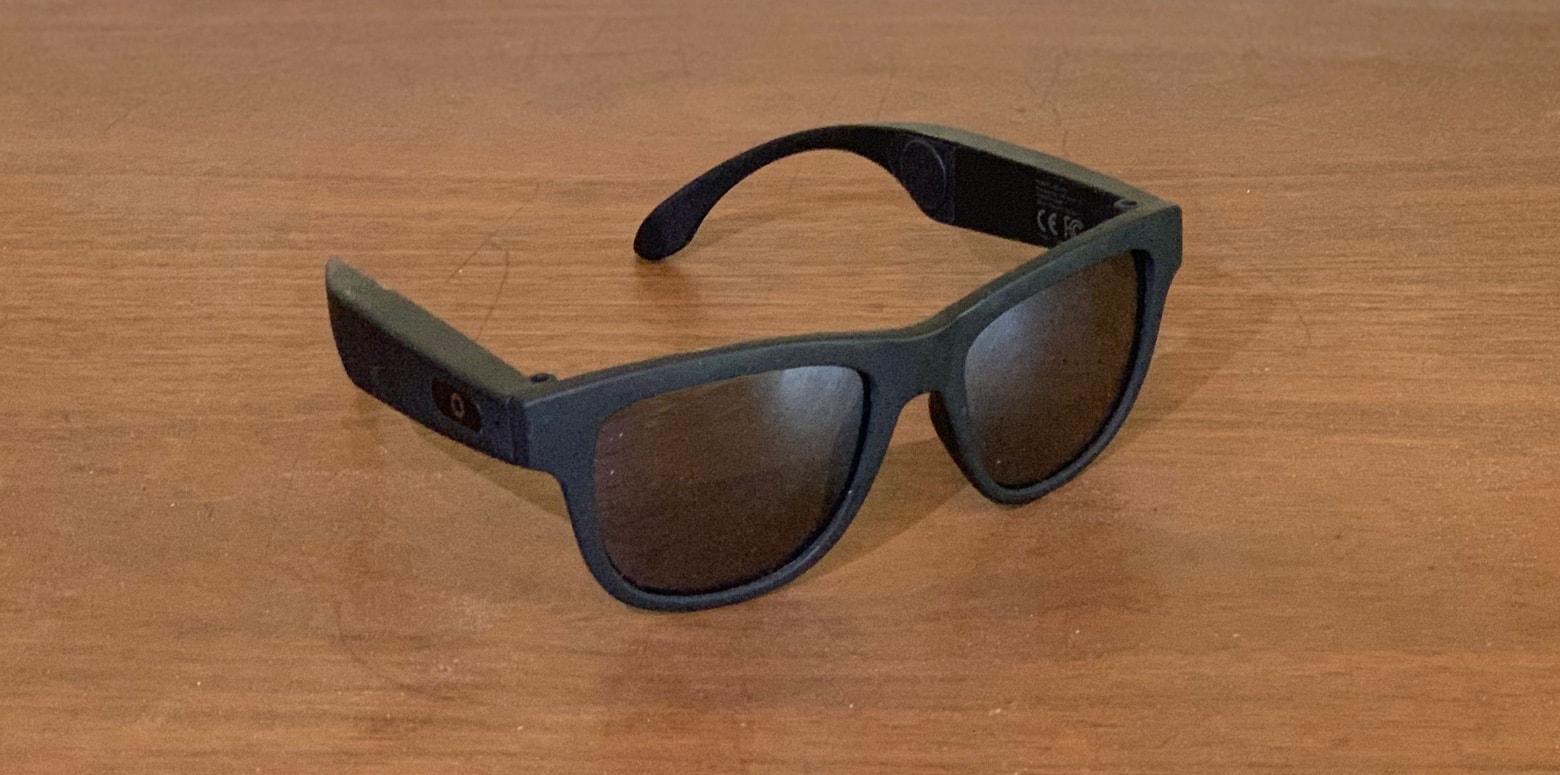Low Cost Ultrasonic Smart Glasses For Blind Presentation
| Introduction | ||
|---|---|---|
| Low cost ultrasonic smart glasses for blind provide a revolutionary solution for visually impaired individuals. These glasses utilize ultrasonic sensors to detect obstacles and provide auditory feedback, enhancing mobility and independence. The affordability of these glasses makes them accessible to a wider population, increasing their impact. | ||
| 1 | ||
| How do they work? | ||
|---|---|---|
| Ultrasonic sensors emit high-frequency sound waves. These waves bounce off objects in the environment and are detected by the sensors. The glasses convert the sensor data into auditory cues, providing real-time feedback to the user. | ||
| 2 | ||
| Key Features | ||
|---|---|---|
| Lightweight and comfortable design for extended use. Long battery life ensures uninterrupted functionality. Adjustable settings allow for personalized feedback based on user preferences. | ||
| 3 | ||
| Obstacle Detection | ||
|---|---|---|
| Ultrasonic sensors scan the surroundings, detecting obstacles within a certain range. Auditory cues alert the user about the presence and proximity of obstacles. Different types of sounds indicate various distances, helping the user navigate safely. | ||
| 4 | ||
| Navigation Assistance | ||
|---|---|---|
| GPS integration enables turn-by-turn directions, guiding the user to their desired destination. Auditory instructions provide step-by-step guidance, ensuring accuracy and independence. Real-time updates help users adapt to changing environments and avoid potential hazards. | ||
| 5 | ||
| Object Recognition | ||
|---|---|---|
| Advanced algorithms analyze sensor data to identify common objects, such as doors, stairs, and elevators. Auditory feedback informs the user about the recognized objects, assisting in navigation and orientation. Customizable settings allow users to prioritize certain objects or adjust the level of detail. | ||
| 6 | ||
| Connectivity and Compatibility | ||
|---|---|---|
| Bluetooth connectivity allows seamless integration with smartphones, tablets, and other devices. Compatible mobile applications provide additional functionalities, such as voice commands and text-to-speech. Firmware updates ensure the glasses remain up-to-date with the latest features and improvements. | ||
| 7 | ||
| Advantages | ||
|---|---|---|
| Affordable pricing makes these smart glasses accessible to a wider range of users. Increased mobility and independence empower visually impaired individuals to navigate with confidence. Customizable settings and compatibility with other devices enhance user experience and functionality. | ||
| 8 | ||
| Limitations and Future Developments | ||
|---|---|---|
| Limited range of ultrasonic sensors may not detect small or low-lying obstacles. Continuous advancements in technology may lead to improvements in accuracy and range. Integration with artificial intelligence and machine learning can enhance object recognition capabilities. | ||
| 9 | ||
| Conclusion | ||
|---|---|---|
| Low cost ultrasonic smart glasses for blind have the potential to transform the lives of visually impaired individuals. By providing obstacle detection, navigation assistance, and object recognition, these glasses enhance mobility and independence. Continued development and innovation in this field will further improve accessibility and functionality. | ||
| 10 | ||
| References (download PPTX file for details) | ||
|---|---|---|
| "Ultrasonic Smart Glasses for Visually Impair... Smith, A. et al. "A Low-Cost Assistive Techno... Chen, L. et al. "Design and Development of a ... |  | |
| 11 | ||









